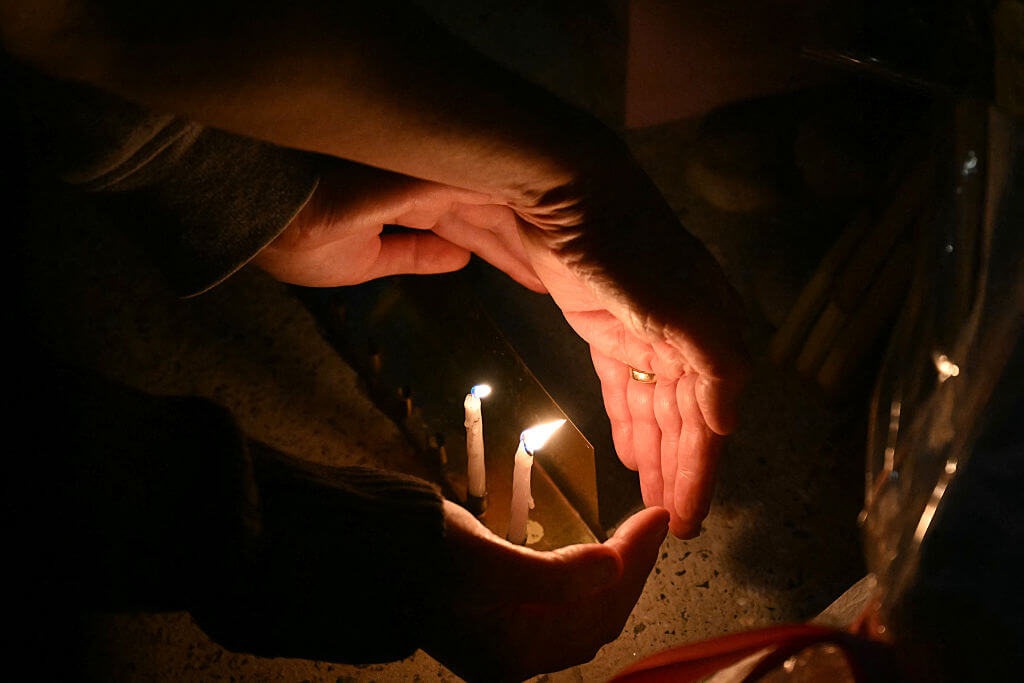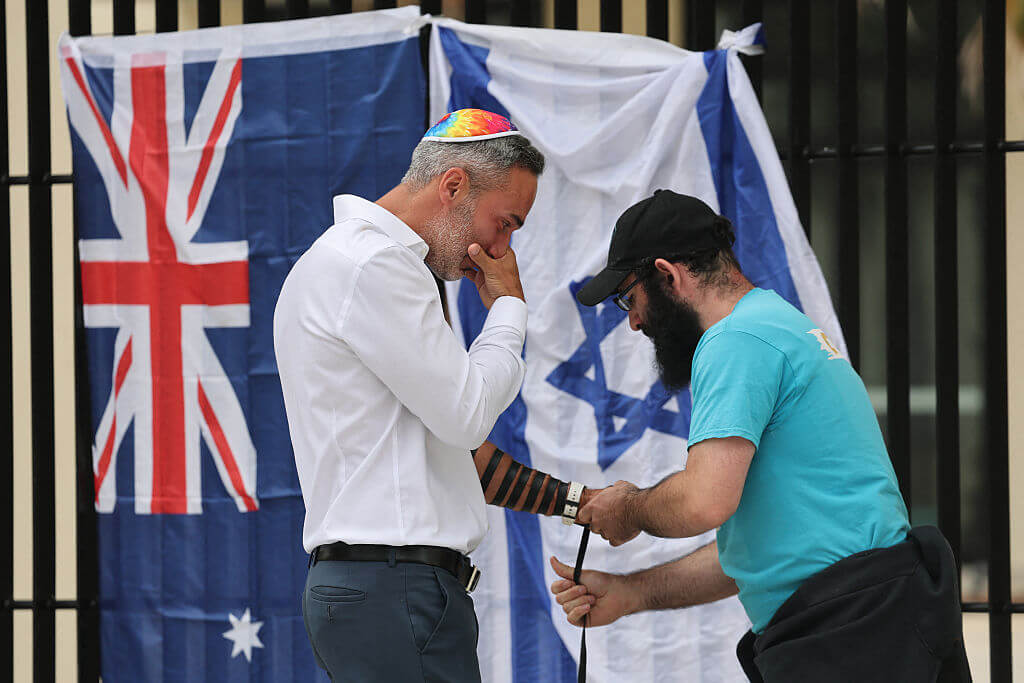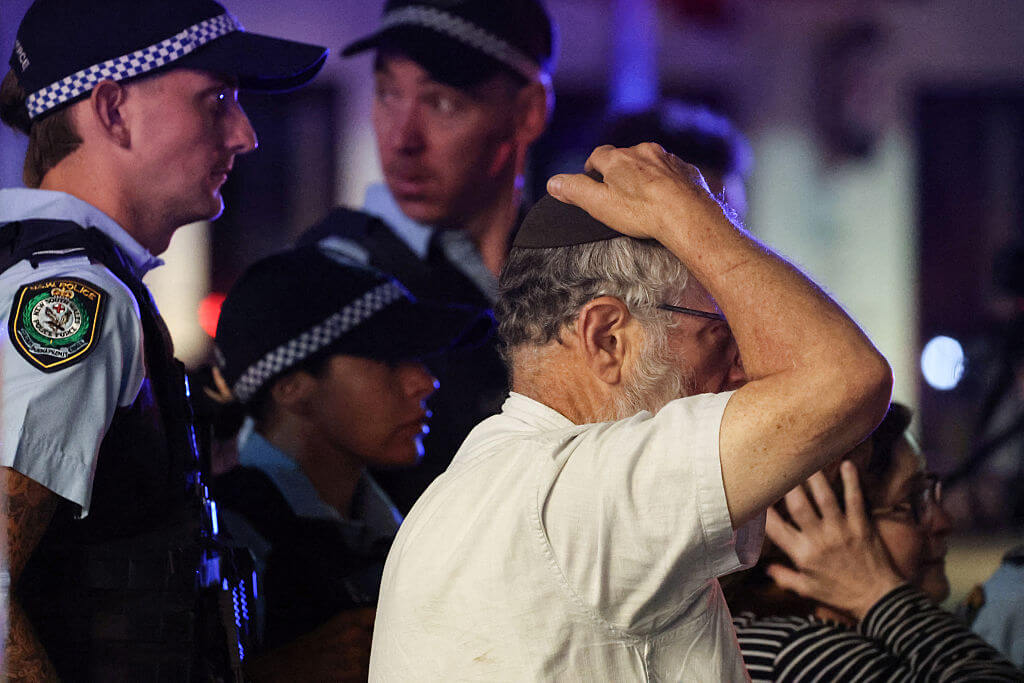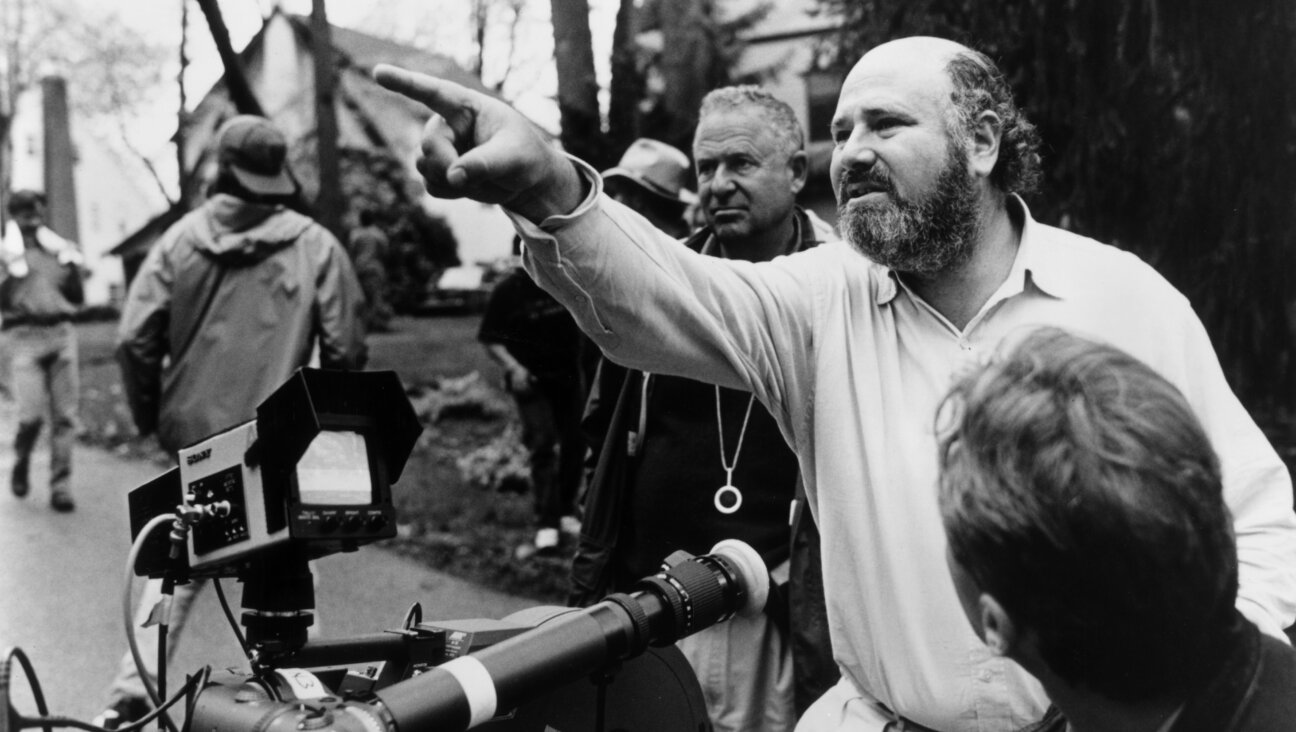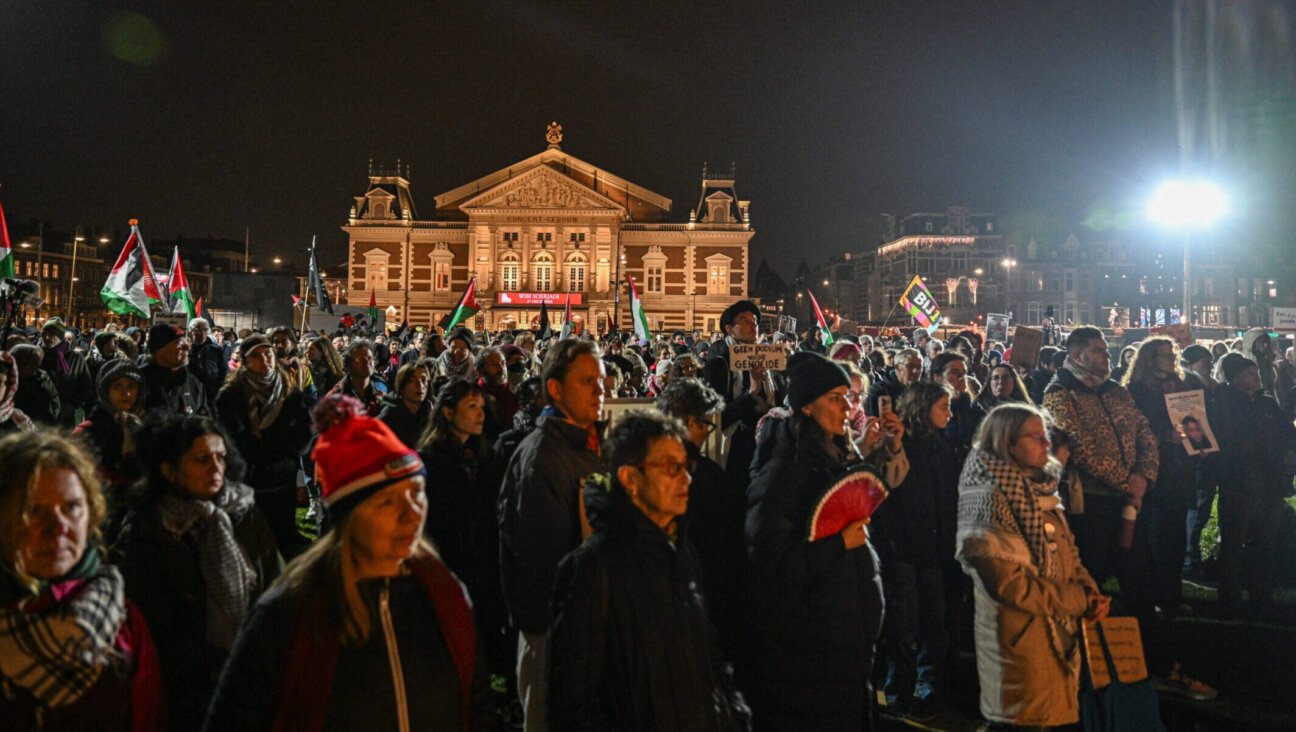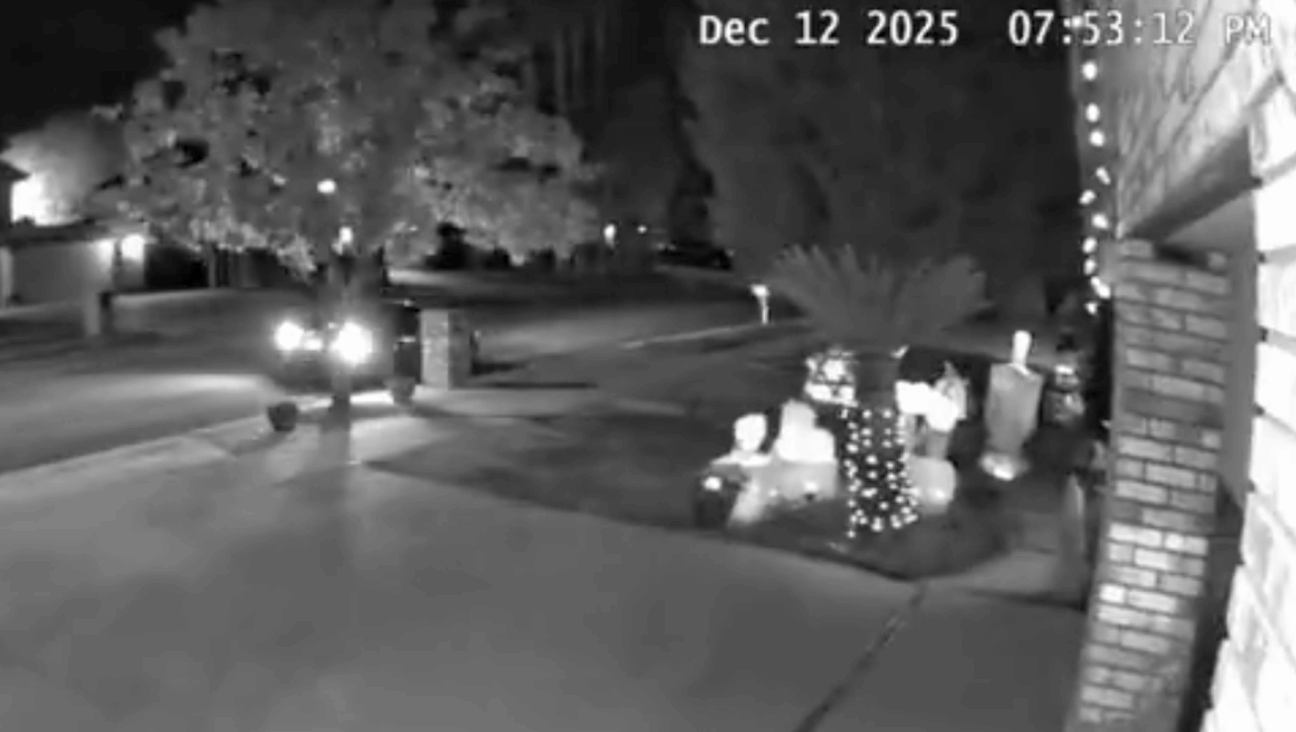War strained the Israel-Vatican bond. Will the pope use the ceasefire to heal those wounds?
In the first several months of his papacy, Pope Leo has worked to express empathy for both Palestinians and Israelis
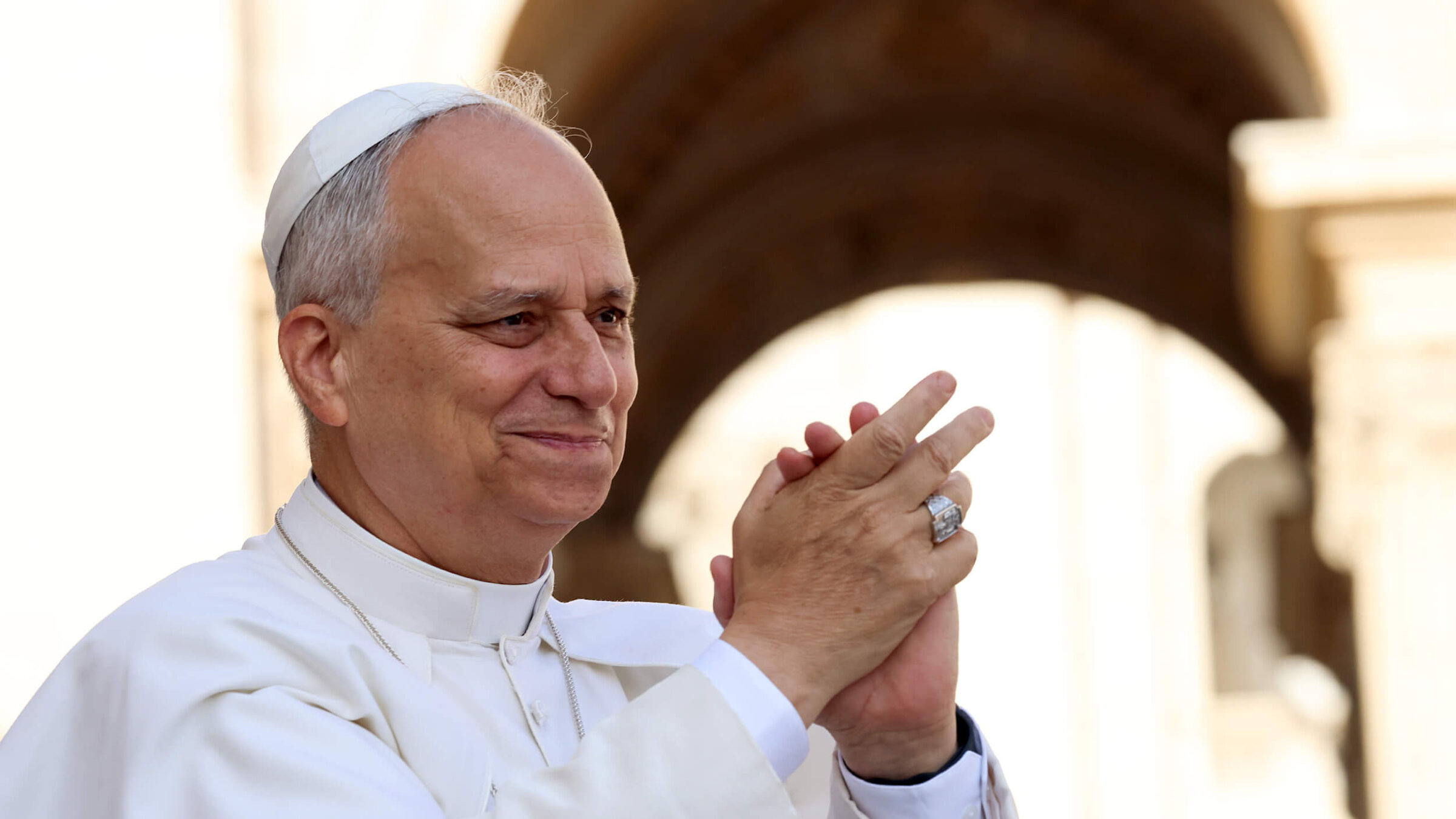
Pope Leo XIV arrives in St. Peter’s Square for his weekly general audience on Sept. 17. Photo by Franco Origlia/Getty Images
As the ceasefire took hold this weekend, Pope Leo XIV called it “a spark of hope in the Holy Land.”
To understand the new pope’s approach to Israel, after he came into his role at a time of unusually strained relations between the Vatican and Israel, a bit of history helps.
The Catholic narrative when it comes to the Jewish state is one of initial opposition, followed by resigned acceptance, and eventually, formal and diplomatic acceptance. At the same time, since the conclusion of the Second Vatican Council in 1965, the Church has embodied a growing love and respect of the Jewish people. In the case of Pope Saint John Paul II, it even gently edged toward a mild Catholic Zionism.
Now, after the late Pope Francis sometimes dropped the ball when it came to the Middle East — and was, rightly in some instances, accused of showing partiality to the Palestinians against Israel, or unwittingly reiterating anti-Jewish tropes — Pope Leo is bringing a balanced diplomatic and theological approach to the issues. He listens carefully, is less impulsive, and more strategic.
‘We cannot recognize the Jewish people’
Initially, the church was strongly opposed to Zionism. In 1904, Pope Pius X told Theodor Herzl, the father of Zionism, that he could not support Zionism for two reasons.
First, as Herzl recorded in his diary, Pius said “The Jews have not recognized our Lord, therefore we cannot recognize the Jewish people.” Religious Judaism had no “further validity,” in Pius’ eyes, as it “was superseded by the teachings of Christ.”
In response to Herzl’s attempt to make an argument for Zionism that was not based on religion, Pius was even more adamant: any religionless group was far worse than a group that, like the Jews, practiced a religion he would not acknowledge.
Yet Pius was, paradoxically, full of compassion for Jews suffering persecution. The core of his approach to Israel could be attributed to a theological attitude known as supersessionism, which is not a doctrine of the Catholic Church, but runs deep in its bloodstream.
Supersessionism teaches that God used the Jews as a vehicle to prepare for Jesus, and that when Jesus came, the Jewish people killed him, cursing themselves. As punishment, the Jews were expelled from their historic land, and their religion was invalidated. (Nevertheless, St. Augustine suggested the Jewish people retained a divine role, through offering testimony to the truth of Christ by their scripture, known under the Church as the Old Testament.)
The radical changes of Nostra Aetate
So far, not so good.
For many subsequent decades, the Vatican had no incentive to support Israel. In 1947, the Vatican never endorsed United Nations Resolution 181, which put forward a plan for separate Jewish and Palestinian states in the Holy Land. The Church preferred the structure that had been in place during Ottoman rule over Palestine, which ended in 1918. In that period, the “millet system” ensured religious freedoms, with 19th-century decrees securing Christian denominational sites and rights.
Under the Ottomans, the status quo arrangements regarding holy sites in Jerusalem were also favorable to Catholicism.
But the Ottomans weren’t coming back. And the state of Israel was, eventually, founded and internationally recognized. So, given the Vatican’s respect for international law, it came to a gradual pragmatic acceptance of the State of Israel.
Matters changed in 1965 with the publication of Nostra Aetate at the Second Vatican Council, convened by Angelo Roncalli, later Pope John XXIII. In the light of the Holocaust and widespread Catholic complicity with anti-Jewishness in that time, Roncalli — who saved thousands of fleeing Jews while papal nuncio in Turkey during the war — had become a resolute opponent of antisemitism.
Roncalli asked the council to publish a document that rejected the deicide charge, which declared that all Jews in Jesus’ time, and subsequently, were guilty of deicide — the killing of God. This move, he hoped, would defang Christian antisemitism.
The document’s fourth paragraph was its great achievement. It rejected the deicide charge, without denying the scriptural accounts. And it recovered St. Paul’s teaching that God’s promises to his people are irrevocable, articulated in Romans 11:29. That meant the Jewish covenant was valid, in contrast to supersessionism.
Finally, it unequivocally condemned antisemitism, without defining that hatred in detail.
Full diplomatic recognition
While many Catholics still today know nothing about Nostra Aetate, Pope John Paul II, 15 years after the document’s publication, moved into high gear in pushing the implications of its teachings into the Catholic mainstream. He was a fierce critic of antisemitism during the second world war in Poland, and witnessed from his underground seminary the ravages of the Holocaust.
Under his pontificate, he established full diplomatic recognition of Israel through a 1993 Fundamental Agreement, which obliquely acknowledged the religious dimensions of this new reality.
He established good relations with the Chief Rabbinate of Israel. He begged God’s forgiveness for the Church’s persecution of the Jewish people.
Informally, in non-authoritative speeches, he showed an awareness that the return of Jews to their biblical land had religious dimensions.
The Church and the Palestinians
This is half the story of the history behind Pope Leo’s decision-making today.
The other half concerns Catholic support for the Palestinians, and Catholic concerns about Arab Christians, of whom there are an estimated 10-15 million in the Middle East.
The Vatican has long supported Palestinian refugees through its charitable agencies. While Pope John Paul II established stronger ties between the Vatican and Israel, he also, in 1999, spoke of “Palestinian’s natural right to a homeland,” and concluded a Fundamental Agreement with the Palestinian Liberation Organization in 2000.
After the U.N. accepted Palestine as a non-member observer state in 2012, the Vatican recognized the state of Palestine in 2015. Internally, none of this was seen as incompatible with the Vatican’s close relations with the Jewish people and the state of Israel.
But the Israeli government thought otherwise, as the Vatican had recognized a state that, in Israel’s eyes, did not exist.
Pope Leo’s immediate predecessor, Francis, did some damage to the Vatican-Israel relationship, including through his citation of a biblical text often deployed against the Jews to speak of evil on the first anniversary of Hamas’ Oct. 7 attack, and his implied criticisms of Israel’s incursion into Gaza in its early days as terrorism. (I think Francis’ more controversial choices regarding Israel were related to his temperament, rather than indicative of a change of course regarding the basic orientation of the Catholic Church.)
Pope Leo’s first moves
On the day of his election, Leo wrote to Rabbi Noam Marans, director of interreligious affairs at the American Jewish Committee. “Trusting in the assistance of the Almighty,” he wrote, “I pledge to continue and strengthen the Church’s dialogue and cooperation with the Jewish people in the spirit of the Second Vatican Council’s Declaration Nostra Aetate.”
Twelve days later, when speaking to Jews and Muslims at a meeting convened in Rome, he reiterated: “The theological dialogue between Christians and Jews remains ever important and close to my heart.” He continued, “Even in these difficult times, marked by conflicts and misunderstandings, it is necessary to continue the momentum of this precious dialogue of ours.”
To my mind — although he hasn’t asked my advice! — Leo might consider developing the Church’s teachings on the Jewish people in one way.
In past Church teachings, Jews were expelled from Israel as part of their punishment for the death of Christ. But since the deicide charge has now been rejected, that punishment is no longer tenable. Is it time for Catholics to teach that the Jewish return to the land of Israel may well be part of the promises made by God that are irrevocable?
This is not to affirm the extreme religious nationalism of far-right Israeli ministers like Bezalel Smotrich or Itamar Ben-Gvir, but rather to provide breathing space for moderate Zionism. Moving to such a teaching would also not undermine the Church’s support for the Palestinian people, but rather give responsible credibility to the Vatican’s continued support of the two state solution.
It is also not to suggest that Leo should cease to be outspoken about the suffering of Palestinians. Like the pope who came before him, his empathy for Palestinians has so far been a hallmark of his papacy.
After the only Catholic Church in Gaza, the Church of the Holy Family, was hit by shrapnel — or shelled directly — on July 17, Leo called for the end of the “barbarity of war,” the protection of religious sites, and proper respect for civilians. He subsequently received a call from Israeli Prime Minister Benjamin Netanyahu, who apologised for this incident.
He met Israeli President Isaac Herzog in September discussing the urgent need for a ceasefire, humanitarian access for Gaza and a two state solution. He plans to visit Lebanon soon to show solidarity with Middle Eastern Christians. His papacy will be characterised by his efforts to reconcile differences — as he has been doing so successfully within the Catholic Church.
As the Middle East moves carefully toward peace, in the wake of the recent ceasefire, Leo must walk this tightrope, keeping these two deep commitments in careful balance: a love of the Jewish people and a love of the Palestinian people. This is his signature statement: seeking peace between peoples and nations using all the power of his office.
